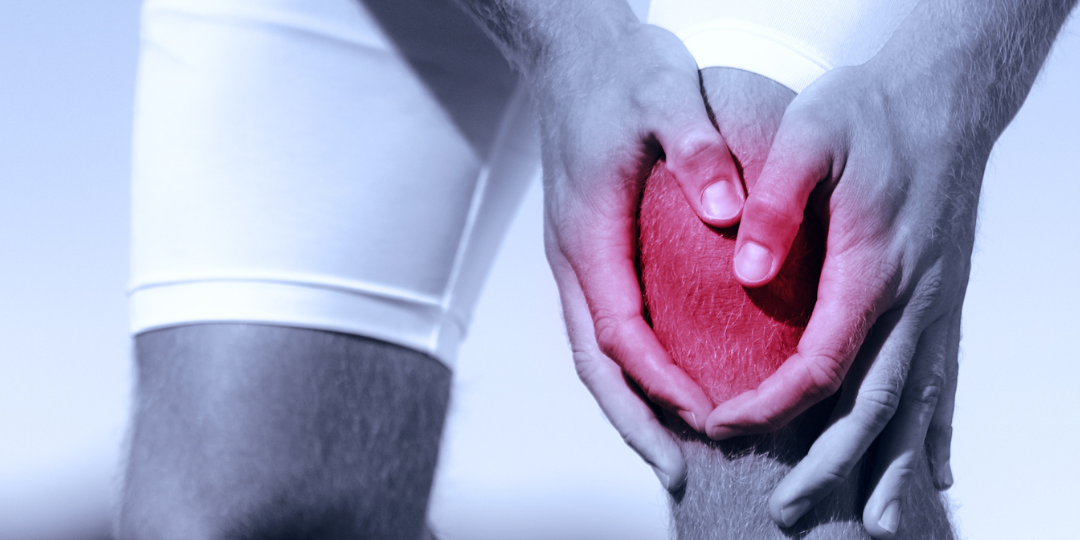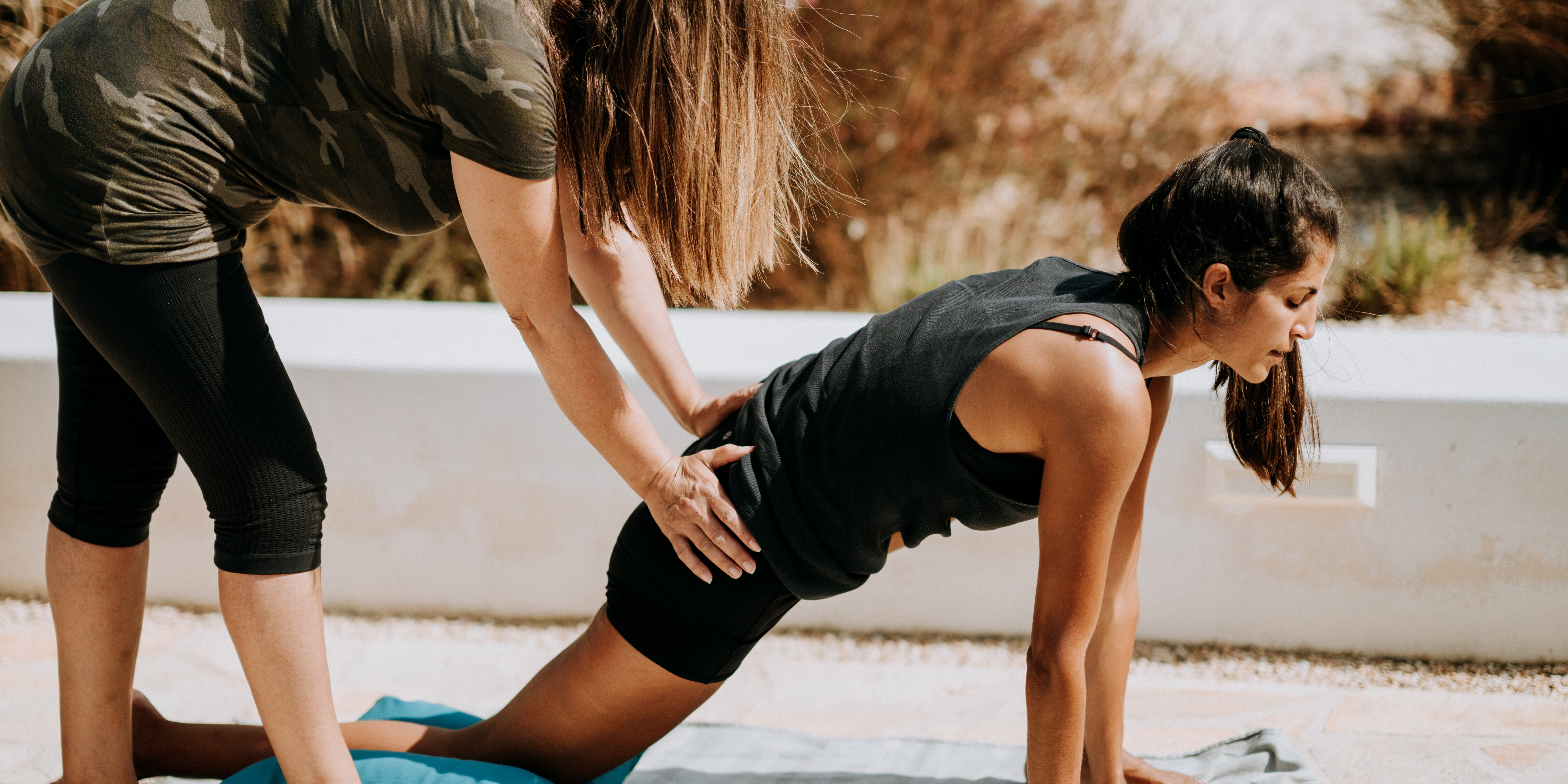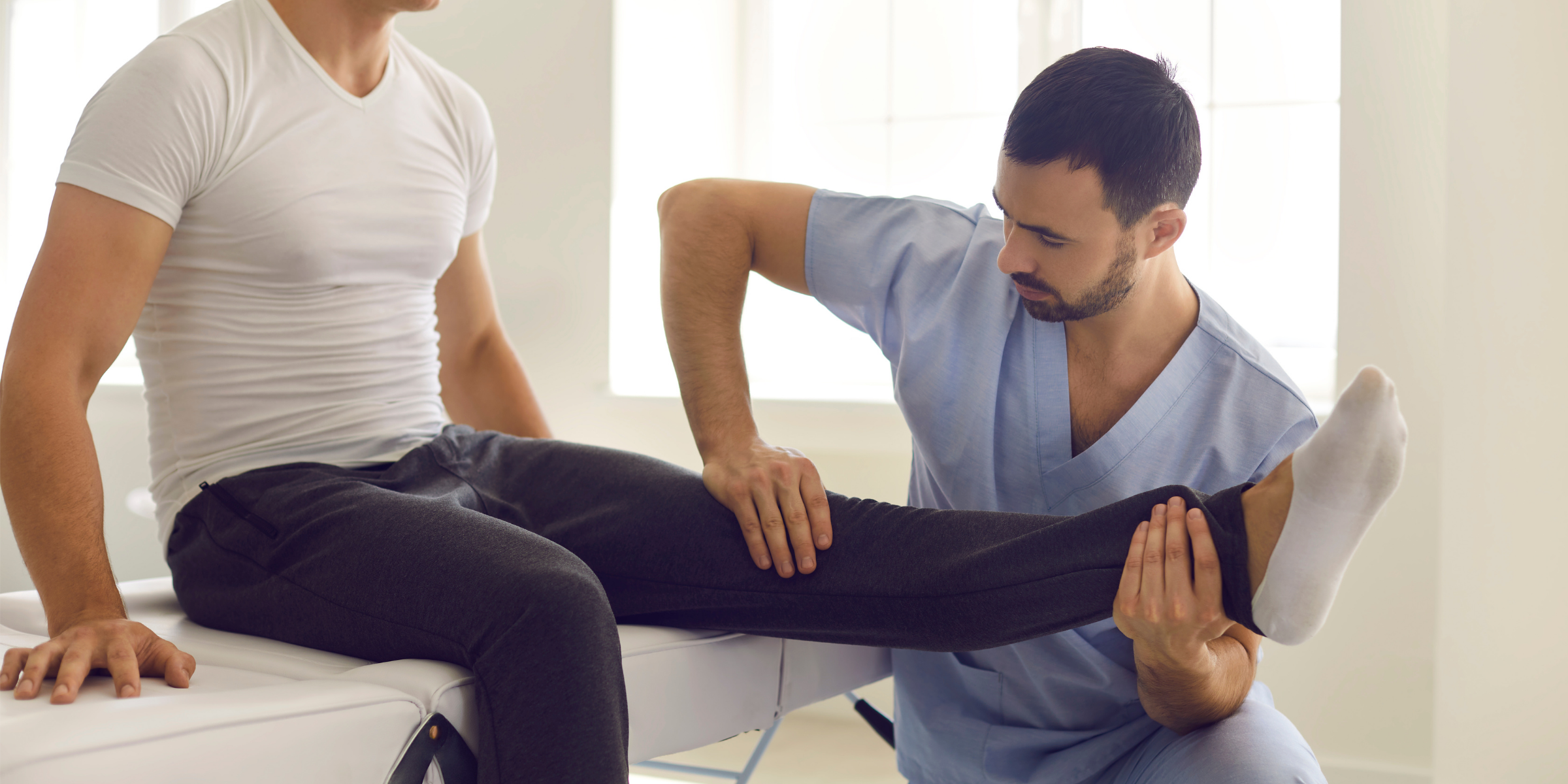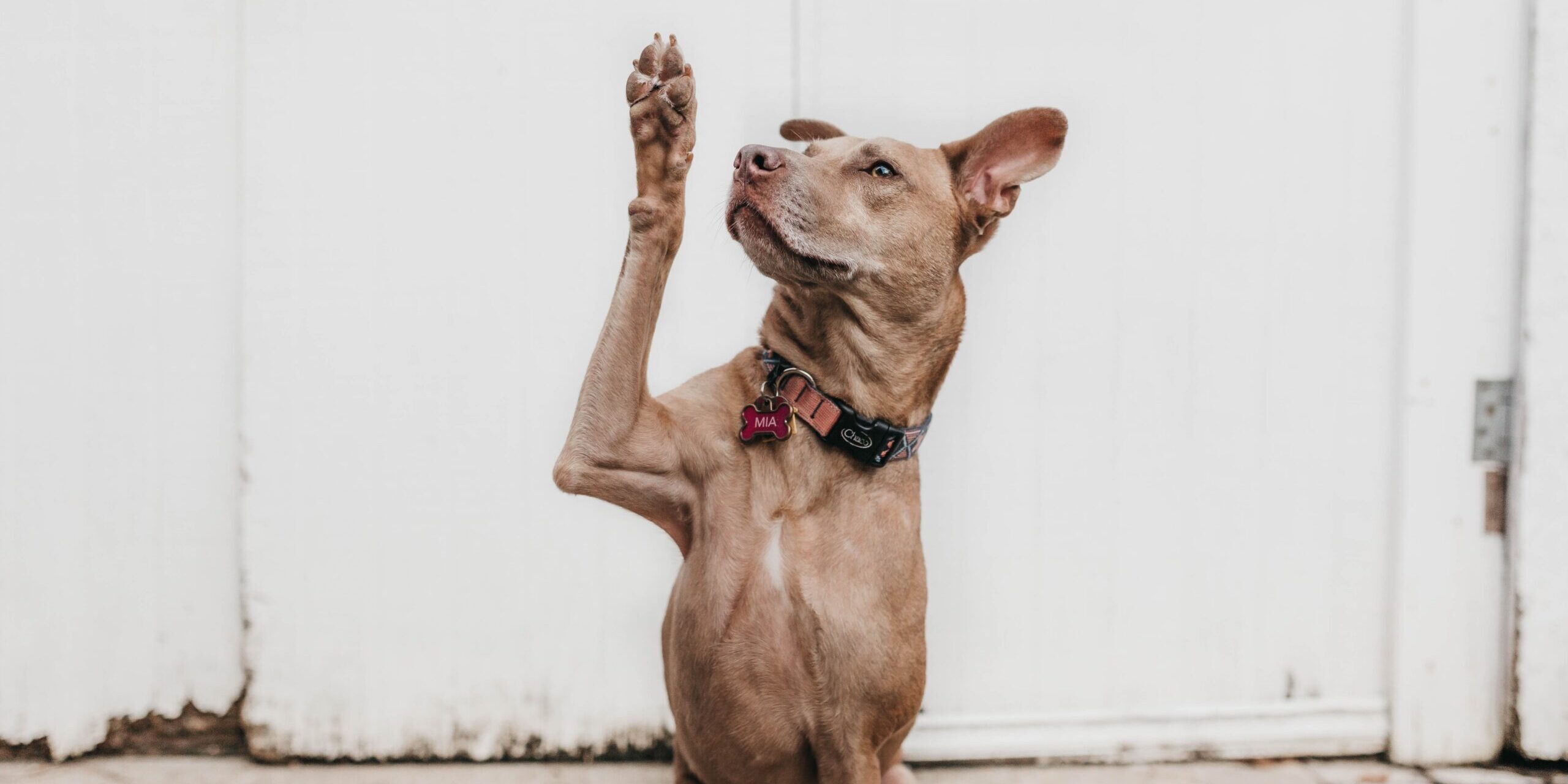With FIFA in full swing and Canada attending for the first time in years – and showing the soccer (or football, if you prefer) world what we are made of, we thought it would be fitting to talk about one of soccer’s most harrowing injuries: ACL injuries.
What is the Anterior Cruciate Ligament (ACL)?
The ACL is a crucial ligament of the tibiofemoral joint. It is one of the most important stabilizers of the knee.
This vital ligament prevents anterior translation of the tibia, or, in other words, the tibia from sliding forwards on the femur.

How Can the ACL be Injured?
This can be complicated.
Some predisposing factors make someone more likely to suffer an ACL injury—for one, being female. Due to anatomical differences and hormones, women tend to have weaker hip abductors and hamstrings, putting strain on the ACL. As well, ligaments have been shown to be more vulnerable during menstruation.
Acute trauma to the knee or leg can also cause injury to the ligament. Sudden stops and direction changes on a planted foot are common causes. Athletes commonly hear a popping sound and feel pain, swelling and instability. Contact with another player can also put a force through the knee to tear the ligament.

ACL Treatment and Recovery
There can be different injury levels to the ACL, from a 1st-degree sprain to a fully ruptured ligament. This can be assessed through special tests of the knee and confirmed by an MRI. A minimal sprain may require 2-6 weeks of rehab, but sometimes recovery can take months, and some may even require surgical intervention.
If the ACL is torn, the surgery itself is minimally invasive. The surgery is done with a scope, using a tissue graft for repair. However, despite the minimal invasiveness, recovery after surgery can be extensive, lasting 9 months. It should be noted that this timeline may vary – depending on age, fitness levels, access to recovery, etc.
Active rehab should start shortly after the surgery, including range of motion, light weight-bearing activities and partial rotation on a bike. Balance and proprioception can be worked on to begin stabilizing the area and activating supporting muscles like the quads, hamstrings, calves, and abductors. As rehab continues, activities like biking and starting a jogging program can begin. Eventually, you can integrate athletic actions such as jumping and sideways movement and some sport-specific activities as tolerated.
A team of physiotherapists, athletic therapists, and kinesiologists can lead you through these stages to ensure your recovery is progressing appropriately. These specialists will help you get back to your activities as quickly and as safely as possible.

ACL Injury Prevention
Although ACL injuries are sometimes just a moment of bad luck, some steps can be taken to help prevent it.
Proprioceptive, balance, and core stabilizing can be done to secure the joint using both single-leg and full-body exercises. Strengthening muscles surrounding the joint will help prevent imbalances and strains on the ACL. Some key muscles could include the hamstring, glutes, and hip abductors. Stressing the ligament in situations, it can get injured can help prepare the joint for activity. Jumping (plyometrics), change of direction drills, and proper landing mechanics should also be integrated.
Outlook
It’s not all doom and gloom with ACL injuries. We know it can be scary and affect your activity and sports. However, surgeries are becoming more advanced, and we are learning a lot about the best and quickest ways to recover from any degree of ACL injury.
Wildewood has a team of athletic therapists and kinesiologists who have seen their fair share of ACL injuries. If you want to work on ACL prevention, think you may be at risk, or need to recover from surgery, we can help! You can learn more about how our Kinesiologists and Athletic Therapists can help you here.





